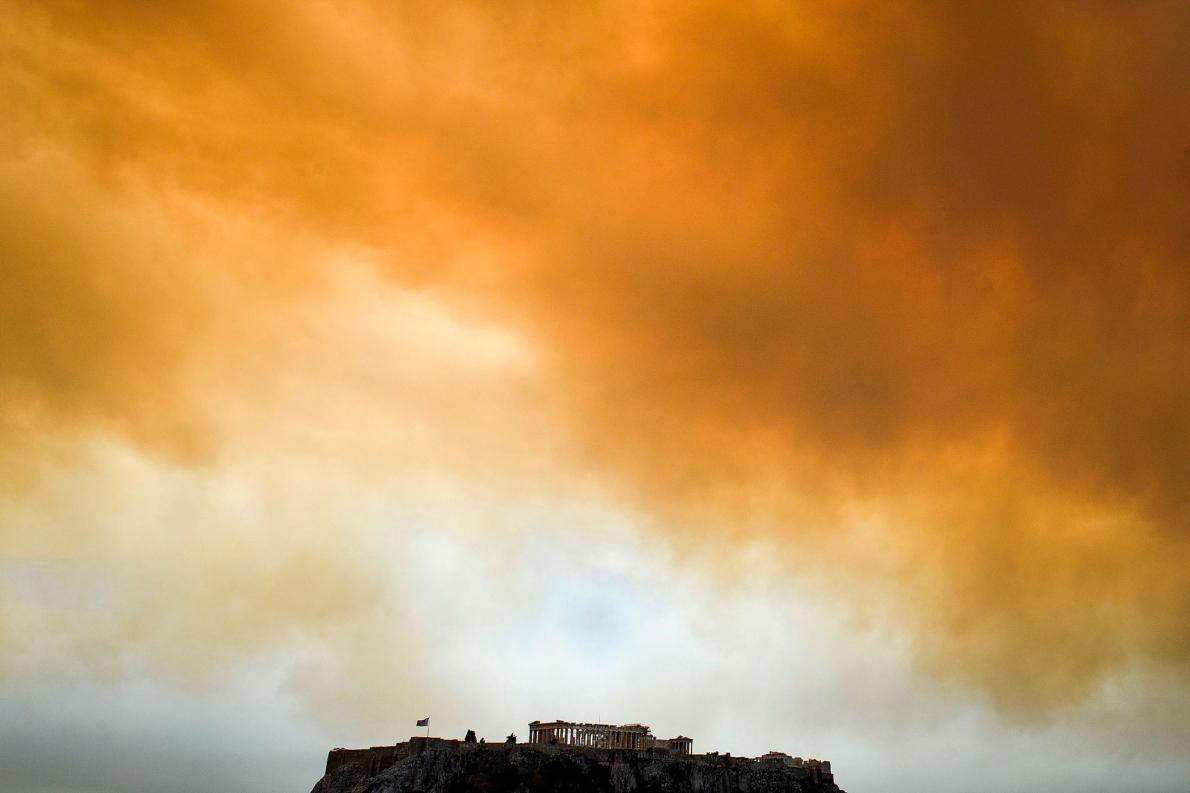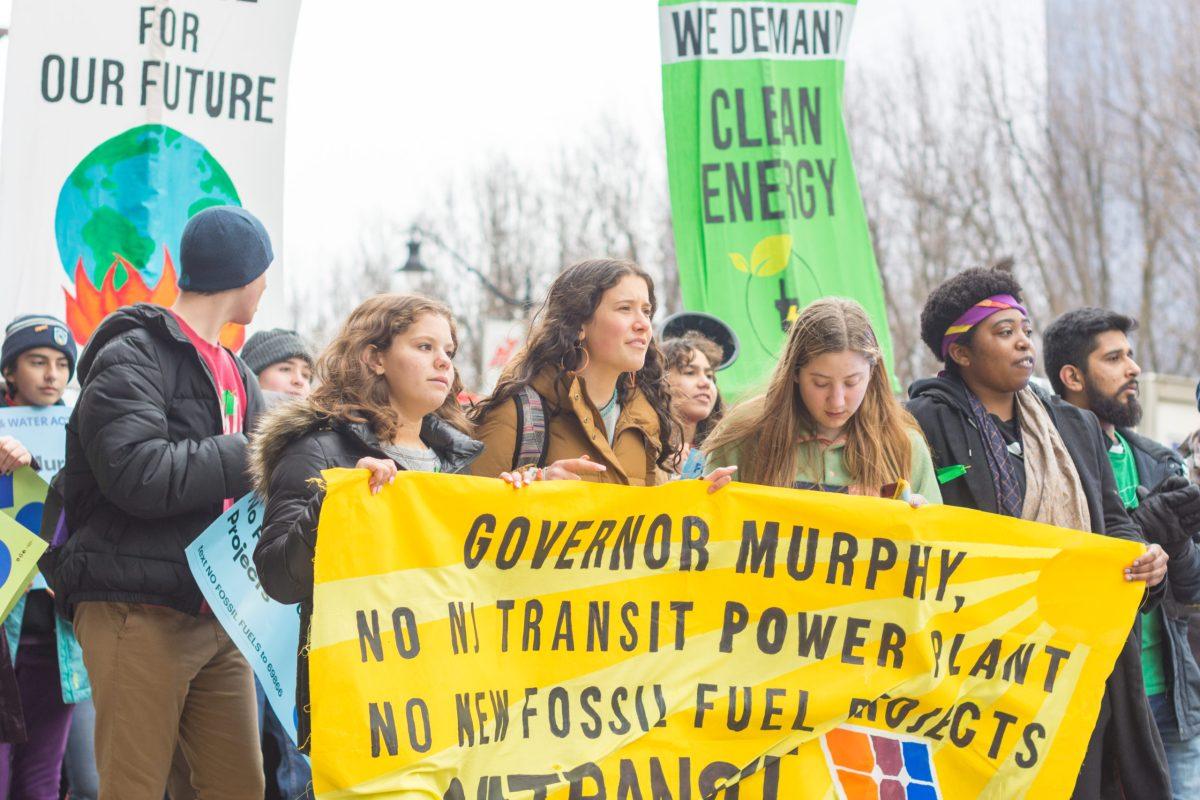The Mendocino Fire Complex has been raging for over a month now, and the end is far from near. First reported on July 27, 2018, the Mendocino Fire Complex is comprised of two wildfires, the River Fire and Ranch Fire, which were sparked within hours and miles of each other. Currently burning across four counties in northern California, the Mendocino Complex Fire surpassed the Santiago Canyon Fire of 1889 and is now California’s largest wildfire in recorded history.
On August 22, 2018, the California Department of Forestry and Fire Protection (Cal Fire for short) declared the River Fire to be 100% contained. To date, the River Fire, which burned 48,920 acres (198km2), remains controlled and under suppression repair and control.
At 375,499 acres (1,520km2), the Ranch Fire is 67% contained, with flames on the northern flank pushing east from the Snow Mountain Wilderness into Glenn County. Overall, the complex is 76% contained, and at the time of writing, has ravaged 424,919 acres (1,718km2) of land. The complex has taken one firefighter’s life and injured several others; it is expected to be fully contained by September 1, 2018.
Though the original cause of the fires is unknown, high heat, low humidity, and strong, gusting winds caused both fires to grow rapidly at their onset and set a devastating pace for the coming days and weeks.
While scientists agree that severe weather patterns brought on by climate change have made fire seasons more dangerous and destructive worldwide, there is concern that the human element of these wildfires is being overlooked. Population growth in California means more homes are being built in wilderness areas, and more people are on the roads—an issue when cars serve as a primary offender and instigator of wildfires. Just this past July, a flat tire on a trailer caused the wheel’s rim to drag against asphalt and set sparks into dry vegetation, creating the blazing Carr Fire, which at over 230,000 acres (930km2) and eight fatalities, is still active.
Other factors at play, experts say, are a reluctance to set off controlled fires to burn dry vegetation and policies in California that protect forests from timber harvesting.
California hasn’t been the only target of tragic infernos this summer. Scorching heat waves, dry weather, and fierce winds tore through Europe this July, sparking wildfires across the UK, Denmark, Finland, Latvia, Sweden, Norway, Russia, Germany and more. In Sweden, temperatures above 90°F (north of the Arctic Circle) and thunderstorms sparked over 40 wildfires across the country, with over 60,000 acres (250km2) burnt.
In Greece, a series of wildfires near Athens spread rapidly due to wind gusts over 77mph. Though the fires only lasted three days (July 23-26, 2018), over a thousand structures were destroyed, and 96 lives were claimed, while hundreds more were injured.
Europe and North America burn every summer, but never so destructively. While the fires are not solely attributable to climate change, scientists claim that warming conditions of the Earth—and the way these conditions drive extreme weather patterns, faster-growing flammable plants, and more lightning storms—set the stage for more fires and more destruction in the coming years.
Back on American soil, firefighters and officials struggling to make sense of the infernos blazing across California often describe the situation the state is facing as “the new normal”. But Glen MacDonald, a geography professor at UCLA disagrees: “This is not the new normal for our high temperatures and wildfires. This is just a stepping stone.”
Photo credits: National Geographic




































